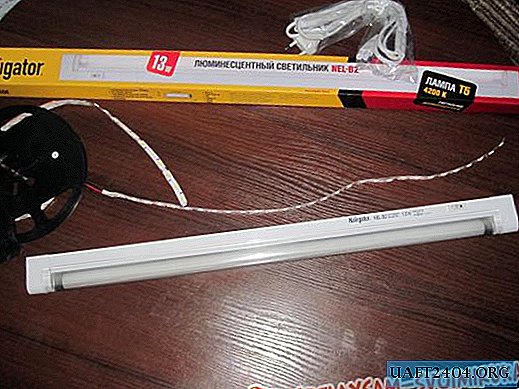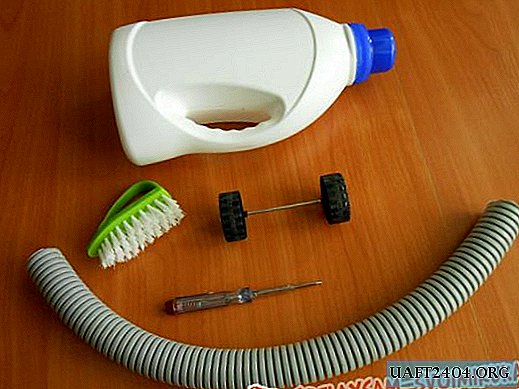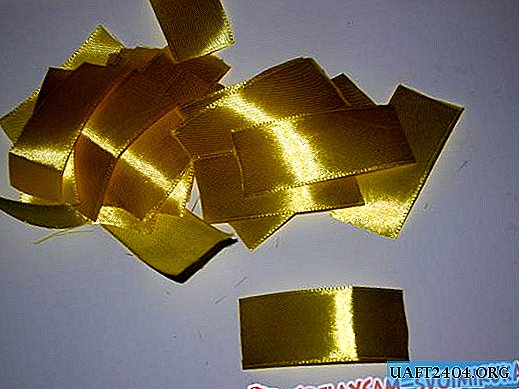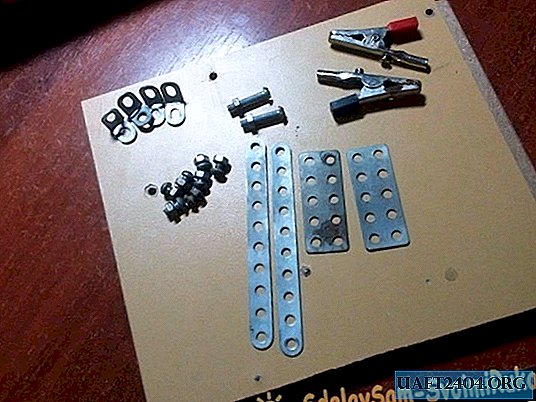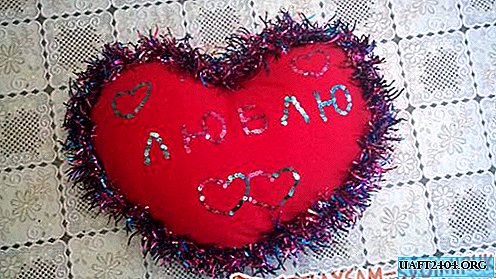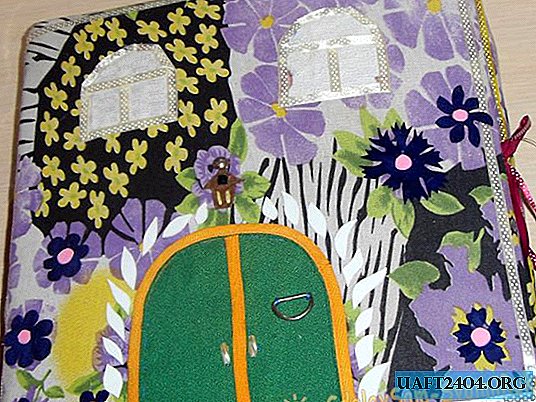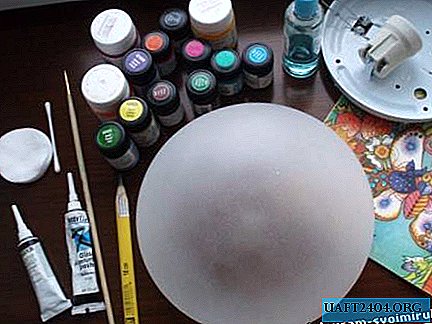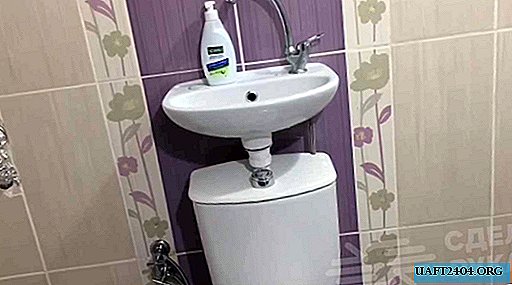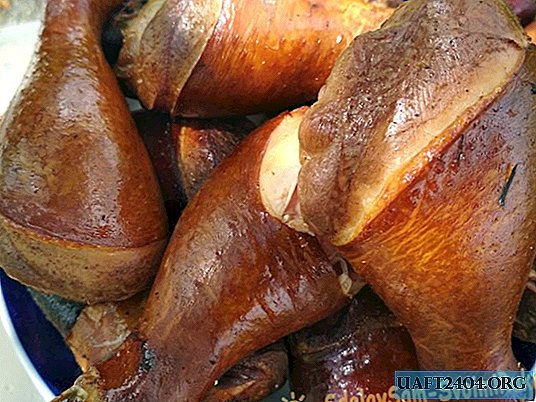Share
Pin
Tweet
Send
Share
Send
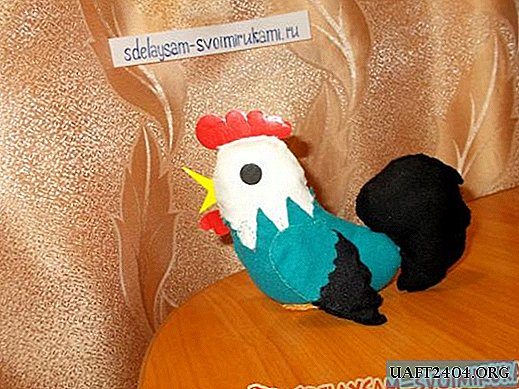
For its manufacture you will need:
1. Cardboard of paper from which the sample will be made;
2. Fabric, - white, black, blue-green and orange colors (but you can take any other color to taste);
3. Scissors, threads (matching in color), pencil, needle;
4. Colored paper, glue, adhesive tape;
5. Cotton wool, tweezers.

Take a blank cardboard sheet and first draw a sample of the future toy on it. After cutting out the sample, we draw a wing separately for it and, cutting out the wing, we will see how they will look together:

Now we will cut the sample into its constituent parts, so that it would be more convenient to work with it during the pattern. Comparing each piece of the sample with a separate piece of matter, we cut each of the parts in turn, two at a time (for the left and right sides of the toy): we cut the head out of white matter, the body and upper part of the wing from blue-green, and the tail with the lower part of the wing ("feathers") - from black. We make eyes, a scallop, a beak, a foot and a beard from colored paper (by gluing it with cardboard inside and with adhesive tape on the outside).

Next, we are preparing to seam two parts of the head. To sew a beak with a red beard so that, due to the inner seam, they do not mess with their desired location, that is, so that they are outside, they will have to be sewn like this:

Shows the outside of the toy. The part on the right here should be turned upside down, put on the left, and then stitched. However, we have to face a little difficulty sewing the scallop to the head. It is too wide to fit in the area of the fabric (if it is connected from the inside with a seam, the head cannot be turned out from the inside), we show on the sample:

Sew the scallop on the outside, and then glue the eyes made of colored paper with scotch tape:


We made the body slightly larger than the sample in size, by 1.5 cm, and connected its parts from the inside (I selected the desired shade of the threads by combining one in two: blue and green). The tip of the foot is sewn in:


Now we take up the wings. We sew them on the outside, putting inside (depending on your taste) either a soft filler (cotton wool) or hard (cardboard sheet). I have a cardboard sheet sewn into the wings, made to fit the wings:

We sew the lower half (where the black fabric is) also outside, and then sew it to the body, connecting it through the cardboard with a seam according to the color of the upper fabric:

Having tried a toy body on her head, we suddenly notice that their ends diverge in the neck. Then I tried to do this: I cut out several rectangular flaps of white fabric and, connecting their ends and stitching along, sewed toys to my neck; Thanks to this, it became more convenient to connect the neck with the body of the toy:

Sew the neck with the body:

Two details may not fit together if they are sewn from matter of different quality. For example, in our toy, the body matter turned out to be more durable than the material of the head, and therefore, together, stitched according to the model, they did not fit together (the body turned out to be too small, it had to be redone). So, when the body with the neck and head are already connected together, they should be filled with cotton. It remains for us to enter it only through the hole in the tail - it is the only one remaining from all the holes:

Since it is quite small, the filler should be introduced into it gradually and with tweezers; It also helps to correct the filler in the toy and push it deeper:

Our toy is stuffed with cotton:

Connect the tail details with the outer seam and fill the tail with cotton:


Let's see how it will look on our toy:

I wanted to remake the cardboard paw of a toy cock on an embroidered one. I took a piece of fabric of a suitable color and, choosing the right size for the paw, made several square details from this fabric. Cutting the ends, I sewed an oblong, slightly oval-shaped foot from them, and filled it with cotton:


Now we sew the tail, wings, and paw from the fabric to the body of the toy, cutting off the previous cardboard, without touching the seam:

Our toy cockerel is almost ready; I decided to remake his tail, making it slightly larger than the previous one (like the body, I added him about 1.5 centimeters in length). It will be correct if the tail of the rooster is high - it should almost reach the head level in height. Having removed the old tail and sewing on a new one, I decided to change the position of the foot so that it would be more convenient to put the toy (it stands by itself):

Now our soft toy cockerel is ready. The child will be happy to play with him, appreciating the complex craft.
Sincerely, Vorobyov Dinara.
Share
Pin
Tweet
Send
Share
Send

